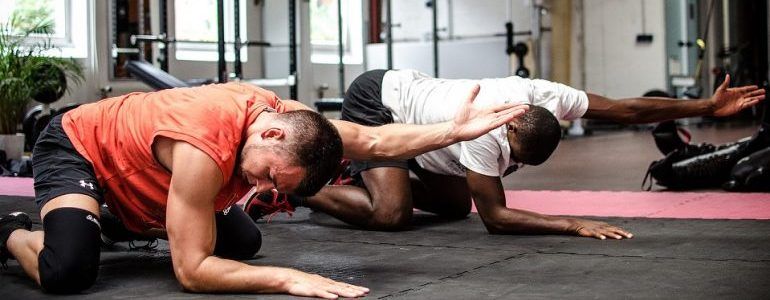
Fitness training is becoming more and more accessible and there is a wider variety of workout types for anyone. For those people who have not yet found a type of training that hooks them, functional training exercises They can be an excellent alternative.
It is a type of exercise whose methodology is based on exercising by lifting the weight of your own body.
Through this type of training, the exercise becomes simple and easy; the routines can be carried out at home or in any open space. Functional training consists of performing classic movements, such as jumps, squats, planks, etc… where all the muscles of the body are involved, with an appropriate number of repetitions and time to create specific rest intervals.
The attractiveness of this type of training is that with the weight of the body the appropriate force can be applied to each exercise and the more movements are made, the faster the intensity increases and the faster a good physical condition can be achieved.
Who can practice functional training exercises?
Functional training is suitable for all fitness levels. Whether you are a beginner, intermediate, or advanced, this type of training can take you out of your comfort zone; all that is required is to do the movements correctly and consistently.
For people who are already in good shape, sessions with plyometrics (more explosive exercises) can be added, in this way the intensity and strength of the lower body will be greatly increased.
Functional training
This program includes a wide variety of exercises, some very basic and others where a certain degree of difficulty is applied progressively. A simple routine is proposed below, with 5 movements of functional training to be practiced at least 4 days a week. Each exercise can be performed at different levels, depending on the physical condition of the individual.
jumps
- Feet together and arms on each side, along the body.
- Slightly bend your knees and jump at the same time, raising your arms to the sky.
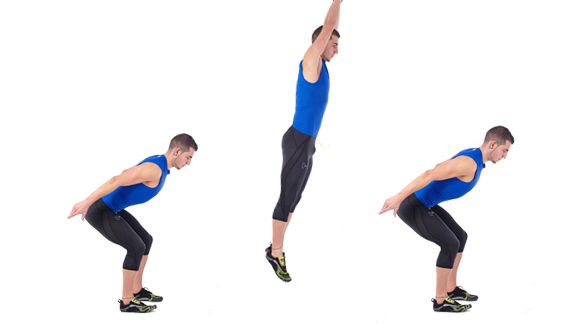
Squatting (to exercise thighs and buttocks)
- Stand with your feet shoulder-width apart and your arms relaxed at your sides and squat down.
- To do this exercise correctly, you will need to bend your knees and lower yourself to simulate sitting on a chair.
- Keep your knees in line with your ankles, they should never go past your toes.
- Keep your back straight and avoid excessive leaning forward.
- Move down until your thighs are parallel to the ground.
- Step back to return to the starting position.
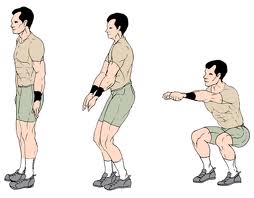
Plank (To work abs, lower back, chest and shoulders)
- Plank position to start.
- Keep your arms straight with your hands below your shoulders.
- Squeeze your glutes and contract your abdominal muscles.
- Try to maintain the position and remain static isometrically.
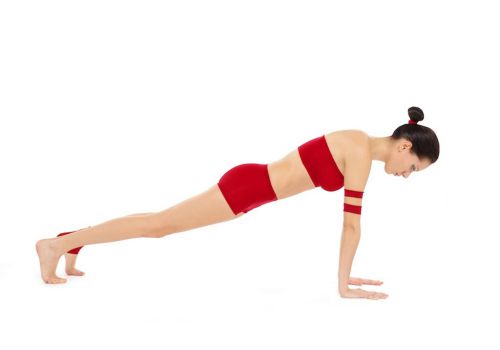
Lunge with or without dumbbells (To exercise glutes, quads, hamstrings and calves)
- Stand with your feet hip-width apart, your weight on your heels, and your hands on your hips.
- Take a step forward with your right leg, bending your knees. The right thigh should be parallel to the ground, while the left leg should be perpendicular; the left heel should be lifted off the ground.
- Return to the starting position, pushing off the front of your right foot.
- Repeat with the left leg.
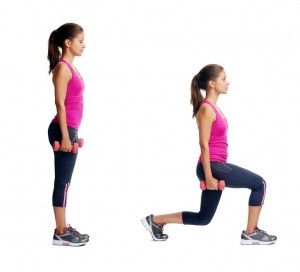
Walking or running on the floor (exercises chest, shoulders, lower back, and core)
- Plank position with feet hip-width apart.
- Bend your right knee and bring it forward as close to your hands as possible.
- Bring your right foot back and repeat with your left foot.
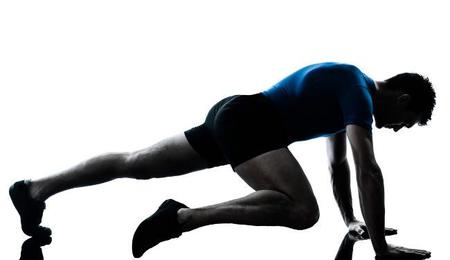
training volume
Beginner: 10 repetitions of each movement or 30 seconds of execution for each movement, resting 10 seconds between each exercise. Repeat every 3 times or more.
Intermediate: 30 repetitions of each movement or 45 seconds of execution for each movement, resting 10 seconds between each exercise. Repeat every 3 times or more.
Advanced: 45 repetitions of each movement or 1 minute of performance for each movement, resting 10 seconds between each exercise. Repeat every 3 times or more.
Image via Flickr